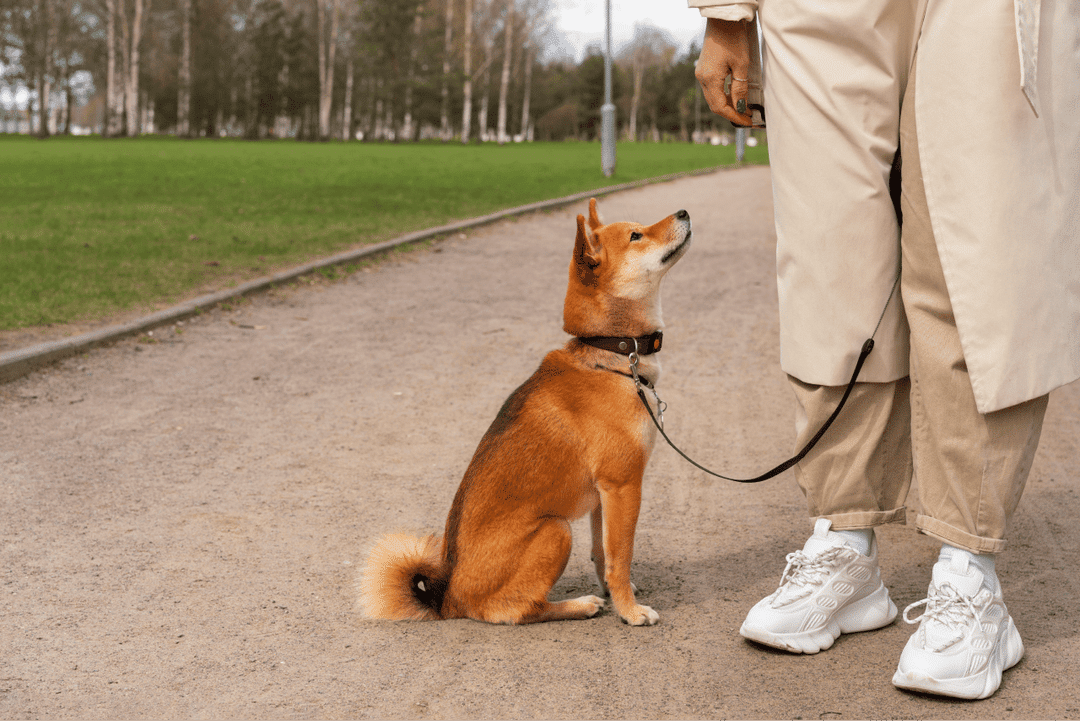
Lifestyle
5 Signs Your Dog is Excited: Time to Play!
• 3 min read
Dogs, like humans, experience a wide range of emotions including happiness, sadness, and frustration, often expressing these feelings through facial expressions, body language, and behavior. But how do you know when your dog is really excited?
Here are five behaviors that indicate your dog is in high spirits and might be looking for some playtime.
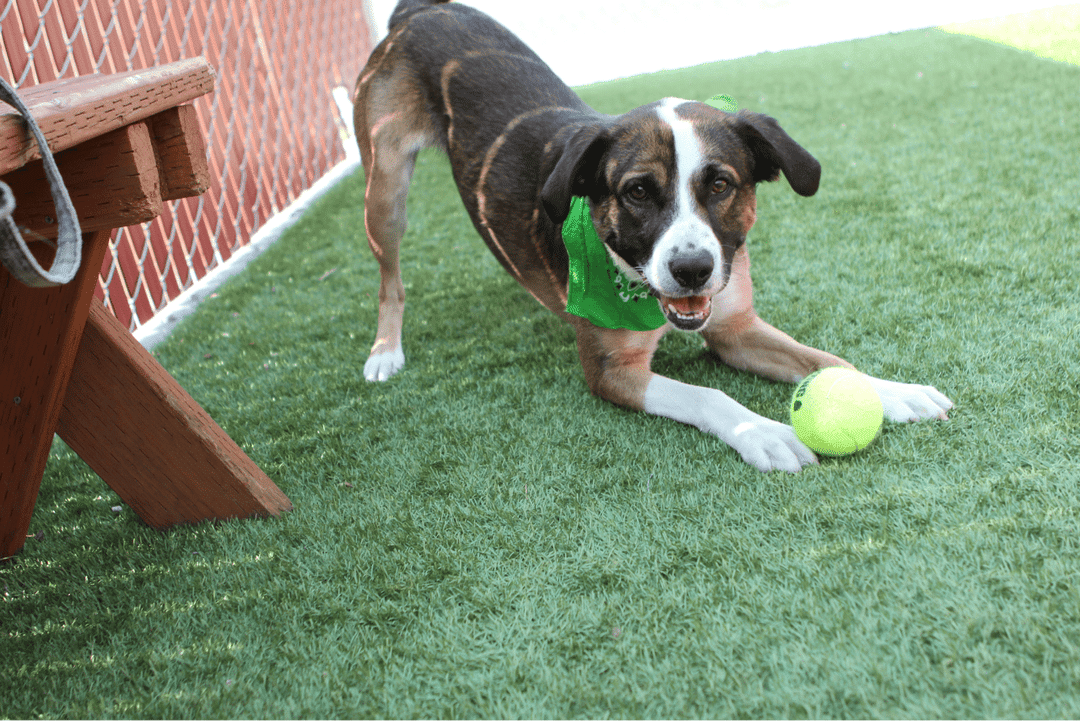
#1 The Play Bow
When dogs are excited and eager to play, they often assume a posture known as the "play bow." This stance, resembling a stretching gesture, involves lowering the chest to the ground while extending the front legs forward and raising the hindquarters.
Accompanying this pose, you might also notice your dog panting, wagging its tail, growling playfully, or whimpering. This classic invitation to play is a clear sign your dog is in a joyful mood and ready for some fun.
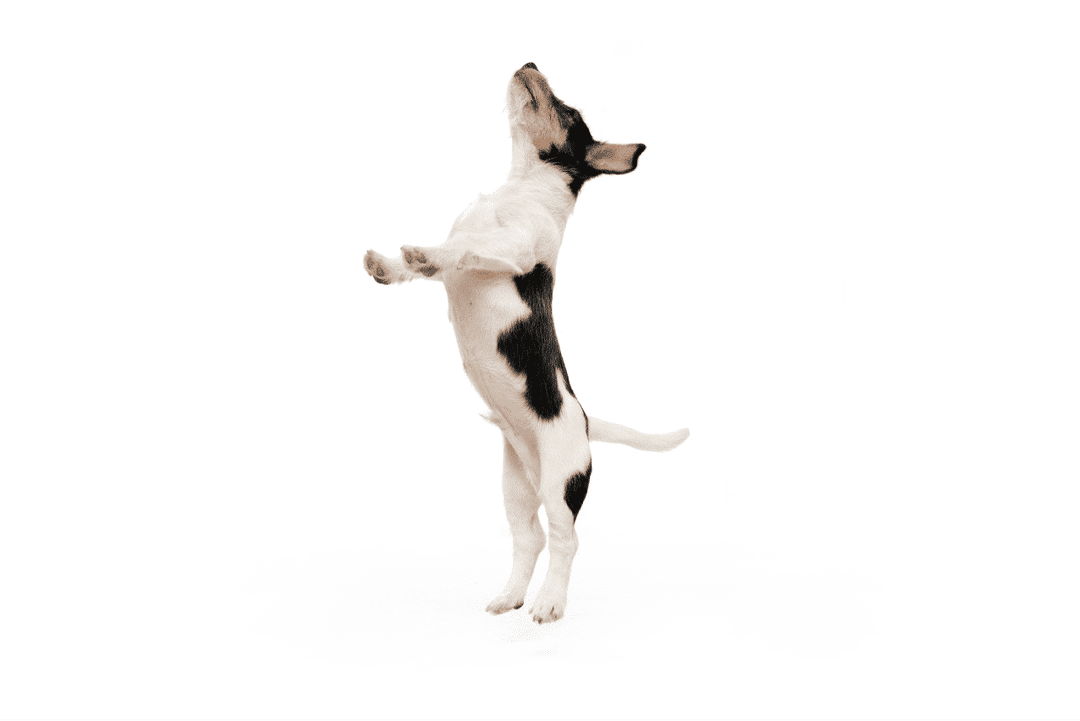
#2 Mounting Behavior
Mounting, or humping, can occur for various reasons beyond the commonly assumed sexual behavior, including excitement, stress relief, and establishing social order.
Sometimes, dogs exhibit this behavior when they're particularly excited and want to play, especially if they missed early socialization opportunities with their littermates or mother.
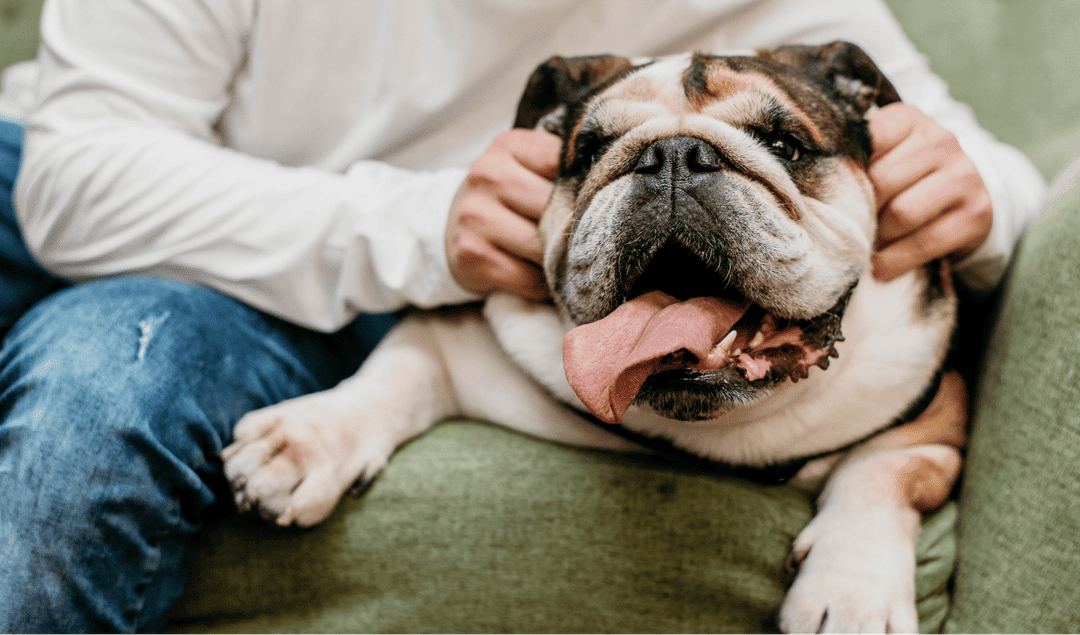
#3 Playful Sneezing
Sneezing in dogs isn't just a reaction to irritants or tickles in the nose; it can also be a form of communication. Dogs may sneeze when they're extremely excited, such as during playtime with other dogs or when greeting their owners after a period of absence.
Unlike the sneezes related to colds, these are short and sound more like sniffs, signaling joyful engagement.
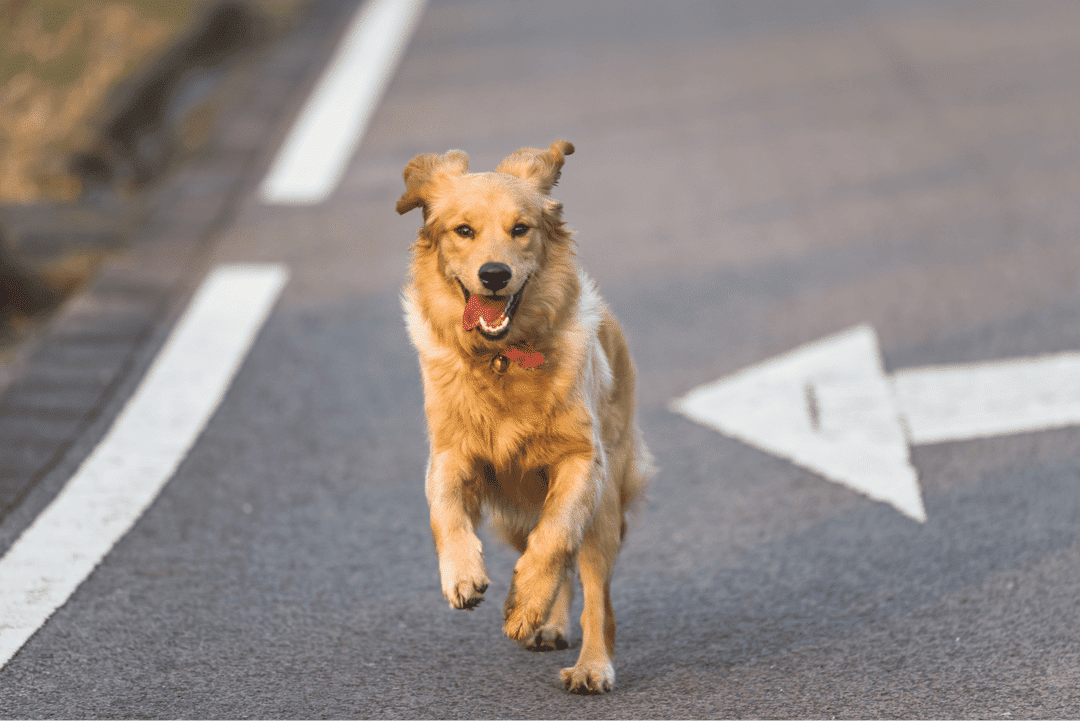
#4 The Zoomies
A universal sign of canine happiness and excess energy is "the zoomies," where dogs run around wildly in a burst of energy. This behavior indicates they're feeling overjoyed and want to express their happiness through physical activity.
It's common after meals, when their owner comes home, or right before walks. While entertaining, it's important to supervise dogs playing together to ensure their excitement doesn't escalate into aggression.

#5 Exuberant Tail Wagging
Tail wagging can convey various messages depending on the motion, speed, and height of the wag. A fast, lightly raised tail wag usually means a dog is feeling pleased.
Interestingly, the direction of the wag also has significance; studies suggest that dogs wag their tails to the right when happy and to the left when anxious. Thus, a rightward wagging tail, especially with a relaxed body and face, typically indicates your dog is truly excited.
Beyond the Tail Wag: Other Signs to Consider
Understanding your dog's emotions requires looking at the full picture, not just a single behavior. For instance, tail wagging isn't always a sign of happiness, and dogs may run around due to discomfort or pain.
Pay attention to their ears, eyes, vocalizations, and overall body language for a more accurate read on their feelings. Additionally, if your dog exhibits unusual symptoms like vomiting, diarrhea, lethargy, or loss of appetite, it's crucial to rule out health issues.
Recognizing these signs of excitement can help you respond to your dog's needs for interaction and play, strengthening your bond and ensuring they lead a happy, healthy life.
Always consider the context of their behavior and, when in doubt, consult with a veterinarian to address any health concerns.
MMDC Team
Healthy Pet, Happy Pawrents 💛